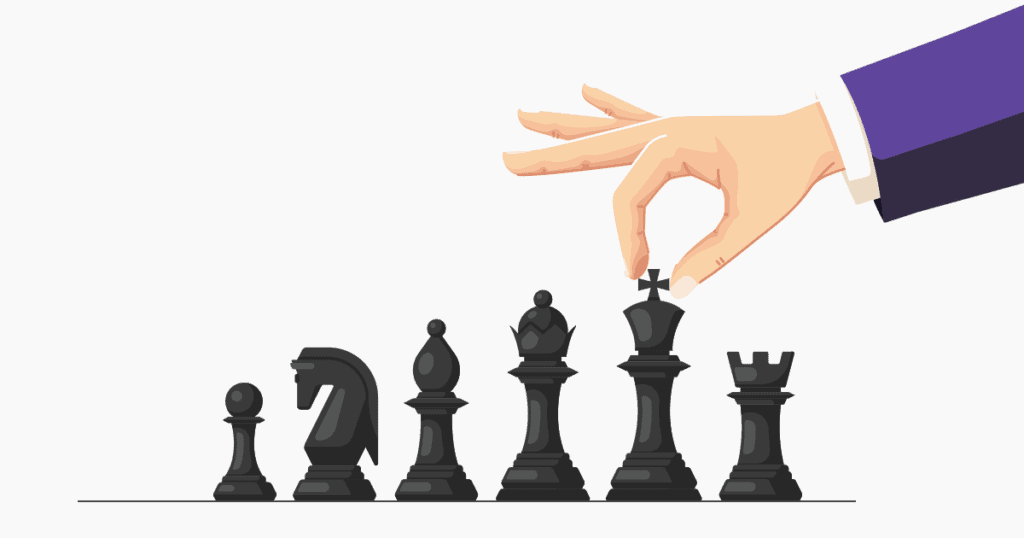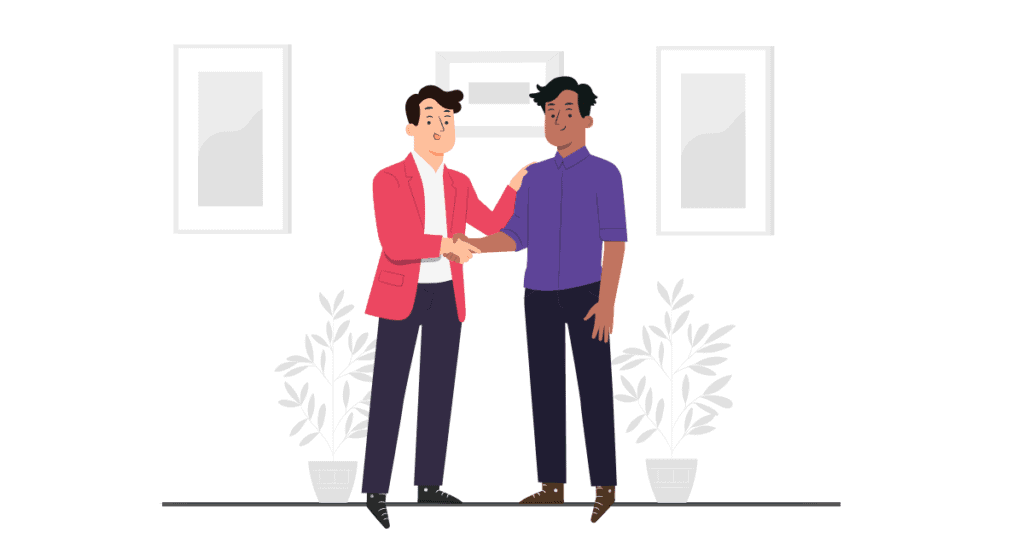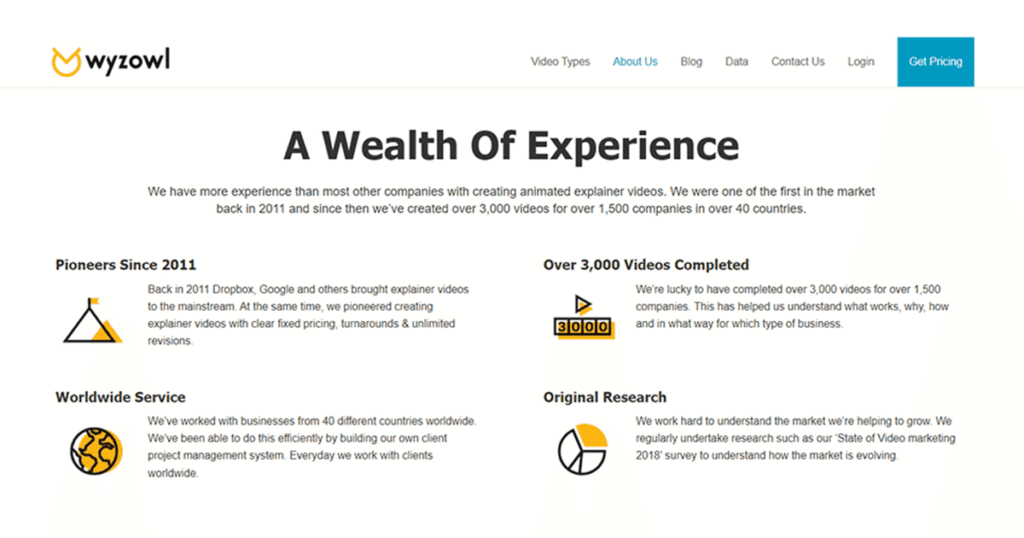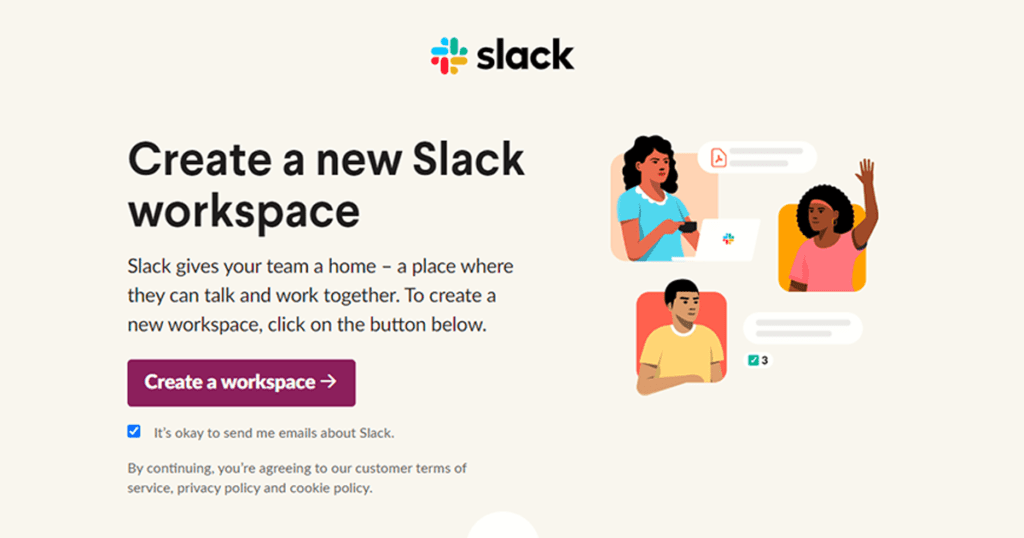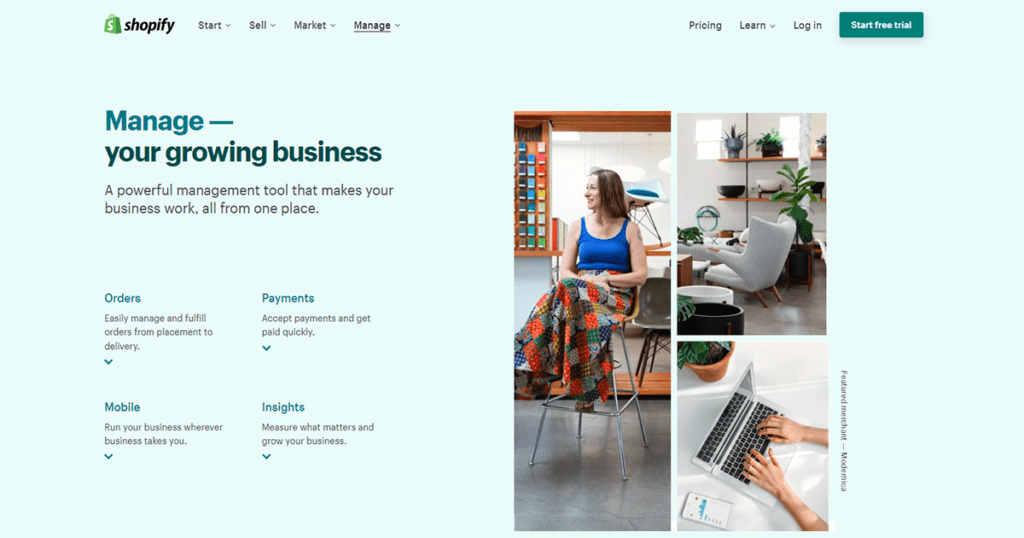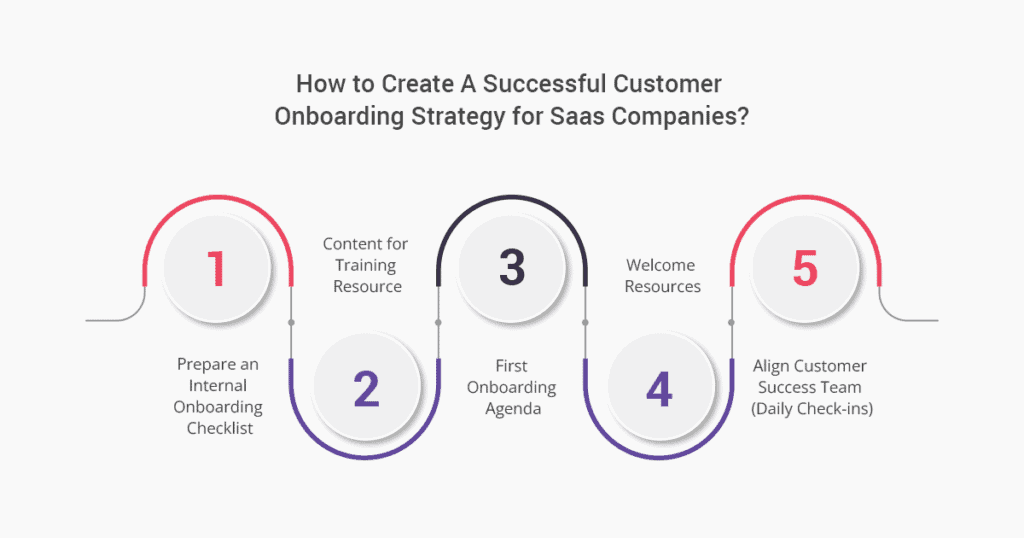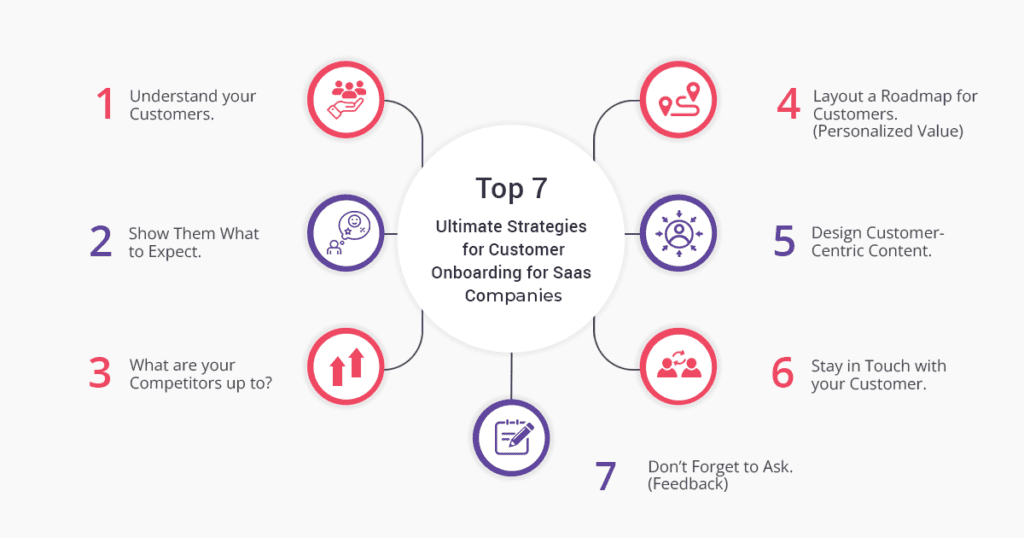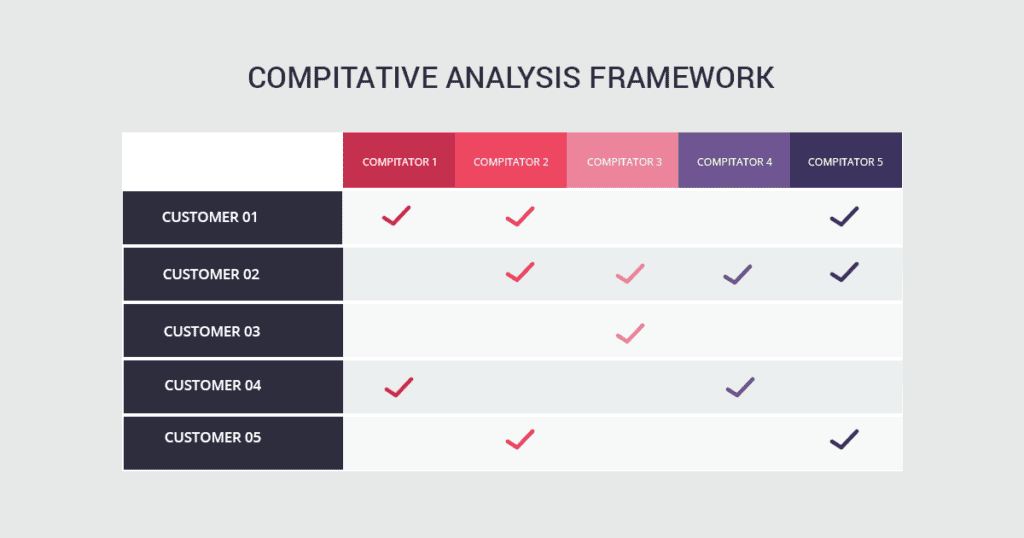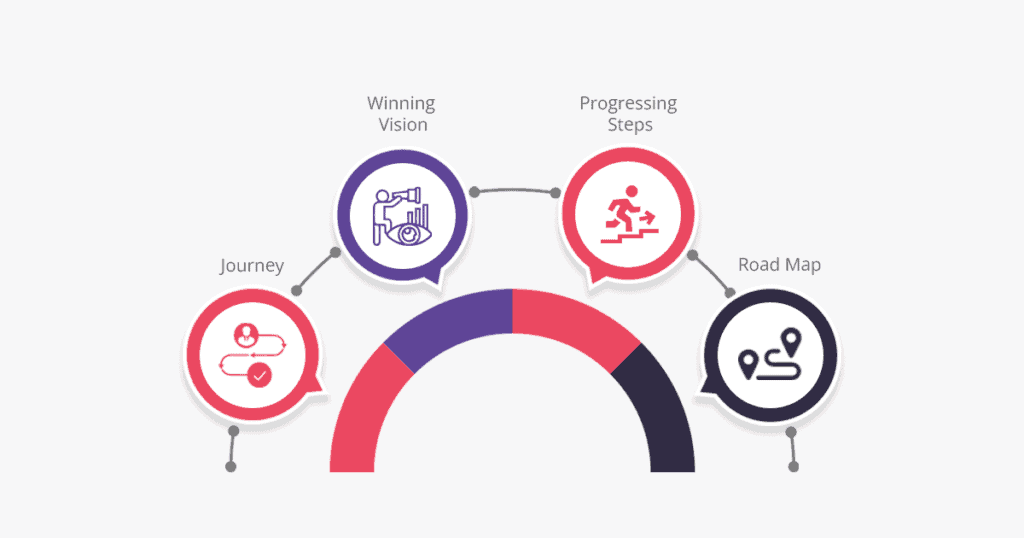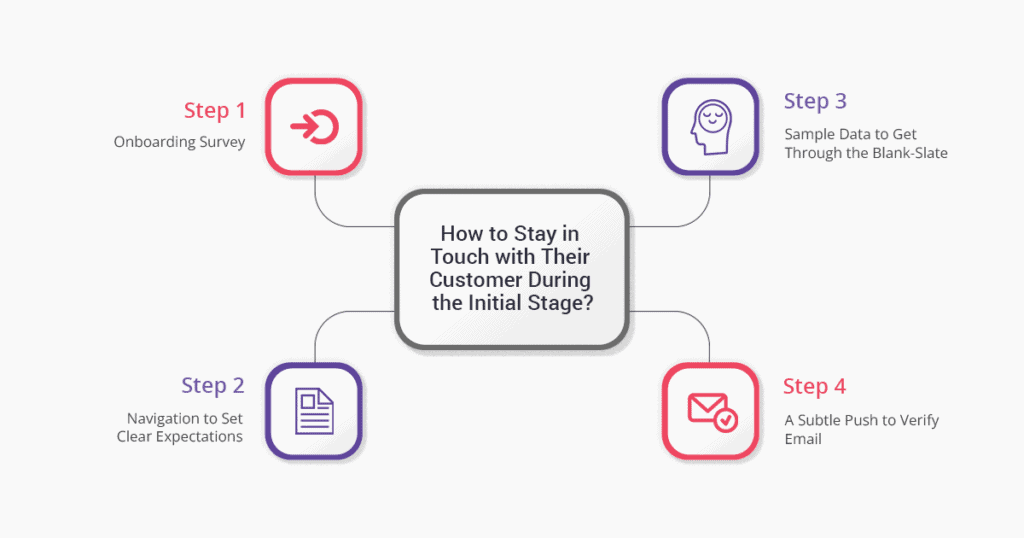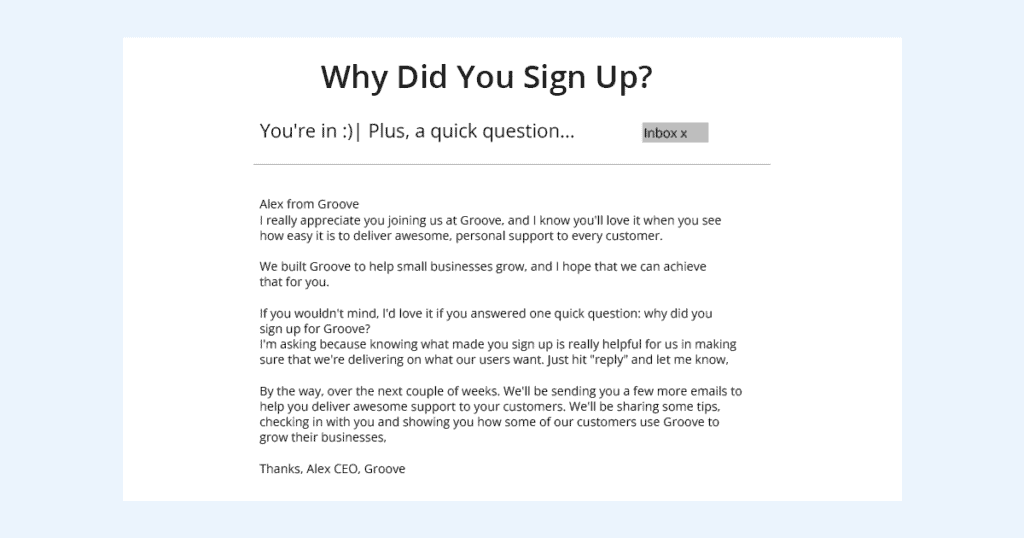Top 7 Ultimate Strategies That You Must Know for Customer Onboarding For SaaS Companies.
In this blog, you will gain a strong understanding of the customer onboarding strategies you need - to retain more customer sign-ups. How to prepare your content according to specific customer demand, and don’t forget to take away the internal onboarding checklist for your later whiteboard sessions.
Before you even plan your customer onboarding - Think about how would your customers reach their first win?
Too far a step for the start of the blog right - Exactly!
Note:- Keep your customer onboarding step-wise in customer progress.
Rest, you will find the answer further in this blog. Keep going on.
Use the Table Of Content to Navigate the Guide.
- What is Customer Onboarding?
- How to create a Successful Customer Onboarding Strategy For SaaS Companies?
- Top 7 Ultimate Strategies For Customer Onboarding (SaaS Companies).
- Conclusion
What is Customer Onboarding?
Customer Onboarding is the nurturing process that makes new customers more familiar with your products and services. It is an effective tool to let customers feel comfortable finding their expected solution.
An exceptional customer onboarding involves step-to-step tutorials, easy-to-follow guidance, and constant support to lead the customers in the right direction & even celebrate achieving their stepping milestones.
According to Hubspot, the two common reasons why customers churn are:
- They don’t understand your product.
- They don’t obtain any value from it.
These are exact problems that onboarding seeks to prevent, so it is crucial to include the right onboarding strategies to retain customers and reduce churn rate.
Customer Onboarding Example #1: Wyzowl
Customer Onboarding Example #2: Slack
Customer Onboarding Example #3: Shopify
How To Create a Successful Customer Onboarding Strategy for Saas Companies?
You’ve created a masterpiece (your product) for your audience. Customers require a bit of hand-holding while getting started with your product.
It becomes your responsibility to create onboarding programs that focus on customers’ experience and starting with a question: “Are they able to understand your product?”
The good thing is that your customers already like you and believe in your product - that’s why they bought it. Your job is to maintain that experience.
You can accomplish that by ensuring your product experience is as good as your sales process and fulfills the promises, you have made in your marketing efforts.
So, to create a seamless customer experience, here are a few touchpoints to plan your customer onboarding program:
- Prepare an Internal Onboarding Checklist
- Automated Personalized Email Templates.
- Task Managers.
- Gamification Sync.
- Customer Support Chatbots.
- Daily Check-in.
- Training Customer Support Team.
- Single Channel Communication b/w Teams.
- Content for Training Resource
- First Onboarding Agenda
- Welcome Resources
- Align Customer Success Team (Daily Check-ins)
These practices will ensure a solid ground for your customer onboarding & will take off the burden of friction points.
Once you designed your groundwork, it is time to dig deep into your initial efforts to create a seamless experience - needs to prepare with strategic resources & insights to prevents delays in tackling customers’ friction points.
Top 7 Ultimate Strategies For Customer Onboarding for Saas Companies
1. Understand Your Customers.
The moment you decide to think about your customers, you might end up categorizing them according to their ranks or positions, swot analysis, geography, or even age criteria. And at last, you will end up with more data that doesn’t conclude anything apart from what you already know.
Essentially, understanding here means - Seek their expectations, their winning aha-moment, their choices, how they feel while using your product (Is there any extra effort?)
Here are few quick questions you must if you’re unsure how to start:-
- What is your customer’s first win?
- Is there any friction in your sign-up process?
- Is your product or service complex for customers?
- What devices do your customers prefer?
- What is your customer’s final goal?
- Is there too much attention asking content on your customer’s screen?
Over 90 percent of customers think that companies “could do better” when onboarding new customers
2. Show Them What To Expect.
Your customer has an idea about how it is with your product - your sales process must lay out the specific qualifying pointers for each customer during the onboarding process. Preparing the customers for expected setbacks makes them aware that you are with them throughout.
The clear picture you will draw in front of your customers, the better prepared they will be & will not give up on your product.
3. What Are Your Competitors Up to?
To remain competitive means - you know every possible option available for your customers in the market. It doesn’t necessarily have to be an “it worked for them - lets’ try it out”. Instead, it is about your awareness through the customer lens, understanding you need to cater to those demands as well.
Once you travel down the competitive journey, it will put you ahead of a sizeable number of SaaS companies.
Here is the framework template to get you started with your competitive analysis:
4. Layout a roadmap for Customers. (Personalized Value)
In the recent sales analysis, Totango found that out of total web visitors, only 2% sign-up for the free trial, and within 2% - Only 15-50% becomes paid customers. This means, If you’re getting 1000 visitors, then you’re likely to have 30-100 prospects.
Here are few reasons pointed out by Crackitt for the low conversion rate (post free trial) :
- They lost interest in SaaS products.
- They couldn’t envision future value. (to continue after trial period)
- The customer is considering a competitor SaaS solution.
Essentially, your customers need to experience the personalized value they get from your product. They need a journey, their winning vision, their progressing steps, their road map!
To create your customer’s personalized road map - Disseminate your content into segments slowly & selectively. The more you tailor your solutions to their need in small steps, the easier they win.
Provide your customers with clear instructions before each task & ask them to accomplish one task at a time. Try to dedicate your customer with constant guiding support - your customer shouldn’t feel abandoned.
And, don’t forget to celebrate small wins - Acknowledging customer’s effort after each milestone encourages them to achieve more.
5. Design Customer-Centric Content.
How would you seek your customer’s attention? What are the most attractive UX designs? What are the perfect templates to use? If these questions are in your content checklist - You must re-think your content goals.
Because your marketing efforts landed up customers to sign-up with your product - Now they need to see the clear picture. So, avoid getting into the trap of attractions & align your content goal with your customer’s unique solution.
Allow them to define success, help them with AI chatbots, create measurable milestones, and have benchmarks to boost their efforts.
6. Stay in Touch With Your Customer.
Once your customer starts their journey with your product, stay in touch with them using emails throughout to acknowledge their daily progress, to assist if they need anything while they progress in their content-specific.
Heres how Hubspot stay in touch with their customer during the initial stage:
1st Step: Onboarding Survey.
Hubspot uses the initial customer survey to get basic information about customers like company size, the team they will use the tool for, industry type, etc. This information helps them to customize their platform according to the customer’s needs.
2nd Step: Navigation to Set Clear Expectations.
A clear understanding for customers to see the road ahead. It reduces churn rate & maximizes customer retention.
3rd Step: Sample Data to Get Through The Blank-Slate.
Hubspot keeps it crystal clear for customers, entitling each sample data to how & where a customer can use it as a resource.
4th Step: A Subtle Push to Verify Email.
Hubspot uses the time-value frame to exercise the verification push. They provide value and wait for the customers to grasp the understanding before the given action.
7. Don’t Forget to Ask. (Feedback)
Employing an email strategy in asking feedback, building surveys, and welcoming new users will always make you a one-step forward with your customers’ expected friction point.
Have a look at how Groove handles its email campaigning while onboarding new customers:
It includes an objective of welcoming - informing - about the follow-up emails and point of notice is - It is coming directly from the CEO.
You can use 2-3 content-specific emails each week for new customers & 1-2 emails for old customers to stay in the loop with the process.
Remember, it is about your customers finding value in their inbox - Not spotting your mail out of attention. So, plan out your feedback smartly to make your customer feel encouraged each time you reach out to them.
Conclusion:
Your customer onboarding doesn’t necessarily have to be inspired by an article or blog (including this one). It has to be planned according to how your product & customers are getting along.
This blog is just a thread to your understanding or even your confusion.
So, take your time to align your customer success team, marketing team, sales, and service teams to customer-centric efforts.

